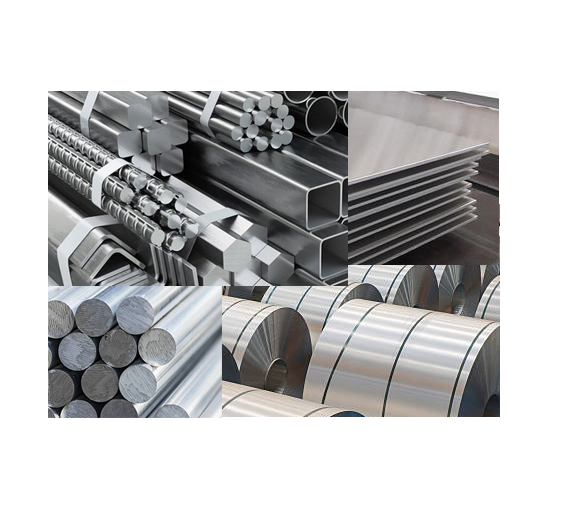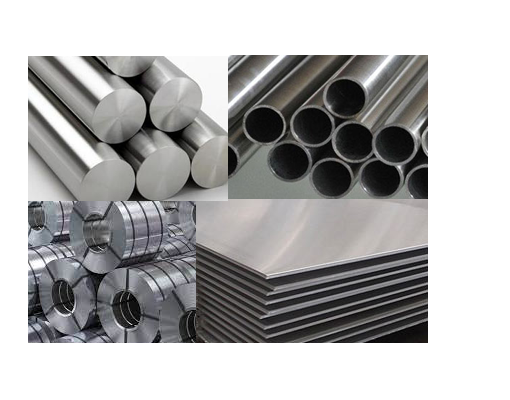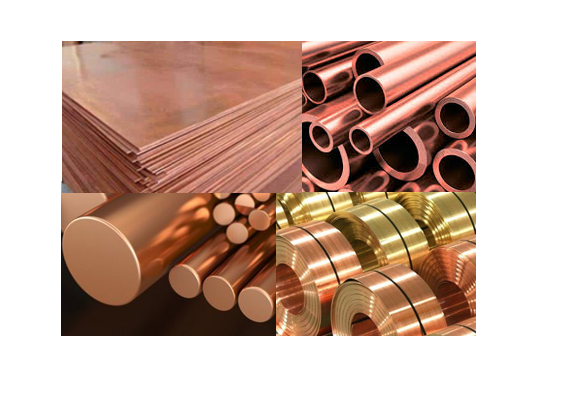Aluminium and Aluminium Alloys


Aluminium alloys are generally separated into cast aluminium and wrought aluminium. Cast aluminium is the one that is heated to extremely high temperatures and moulded into a shape. Wrought aluminium is formed in the solid state by mechanical working. To classify different types of aluminium alloy, eight series of grades are currently used:
- 1000 Series (Pure Aluminium) alloys are 99% or above commercial aluminium by weight.
- 2000 Series (Copper Alloys) are alloys that principally use copper and can be heat-treated to be hardened to strengths comparable to steel.
- 3000 Series (Manganese Alloys) are alloyed with primarily manganese and suitable for the versatile purpose.
- 4000 Series (Silicon Alloys) are alloyed with silicon as its alloying element to lower their melting points whilst keeping its ductility.
- 5000 Series (Magnesium Alloys) are combined with magnesium as their primary alloying element and offer superb corrosion resistance
- 6000 Series (Magnesium and Silicon Alloys) are alloyed with magnesium and silicon (forming magnesium silicide), and common alloys for general purpose uses in a huge variety of industries.
- 7000 Series (Zinc Alloys) contain zinc, as their primary agent, with a smaller magnesium or other metals ratio and can be hardened to the highest strengths of any aluminium alloy.
- 8000 Series (Other Alloy Categories) use many different kinds of alloying elements which are not covered by other series.
Nickel and Nickel Alloys

The Nickel market is broadly separated by pure unwrought nickel and nickel alloys. Pure unwrought nickel can be available in the form of cathodes, ingots or powder. Its chemical composition is greater than 99% nickel. Nickel 200 and Nickel 201 are the standard grades of pure wrought nickel alloys that are most widely used. Nickel 200 (UNS N02200 / 2.4060/ 2.4066) is a wrought nickel alloy that exhibits good corrosion resistance and has rather low electrical resistivity. Nickel 201 (UNS N02201 / 2.4061/ 2.4068) alloy is a low carbon modification of the Nickel 200 alloy. It has a low work-hardening rate and excellent resistance to many corrosion media.
Copper and Copper Alloys

There are a lot of different copper and copper alloy compositions. The grades could be broadly grouped into pure coppers, high copper alloys, brasses, bronzes, copper-nickel alloys, nickel-silver alloys, leaded copper and special alloys. And the grades of pure coppers that are commercially available could be pure coppers, oxygen-free coppers, electrolytic coppers and free-machining coppers.
